



.jpg)
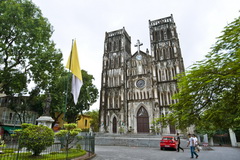
La cathédrale Saint-Joseph (Nha Tho Lon) à Hanoï, capitale du Viêt Nam, fut construite en 1886 par les Français sous l'épiscopat de Mgr Paul-François Puginier (1835-1892). Elle est de style néogothique. C'est...
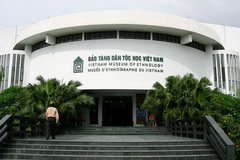
Situé au nord-ouest d'Hanoi, dans le quartier Cau Giay, le musée d'Ethnographie du Vietnam a été inauguré en 1997, en partenariat avec le musée de l'Homme de Paris.Comme son nom l'indique il se consacre à...
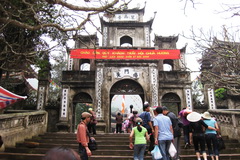
Approximately 70 kilometers southwest of Ha Noi, Huong Son boasts quite a few pagodas built in the Posterior Le Dynasty. Until the beginning of the 20th century, there have over 100 pagodas. Visitors can go to Huong Son via the Ha Dong - Van Dinh route.Vietnamese or foreigners alike wish to come...
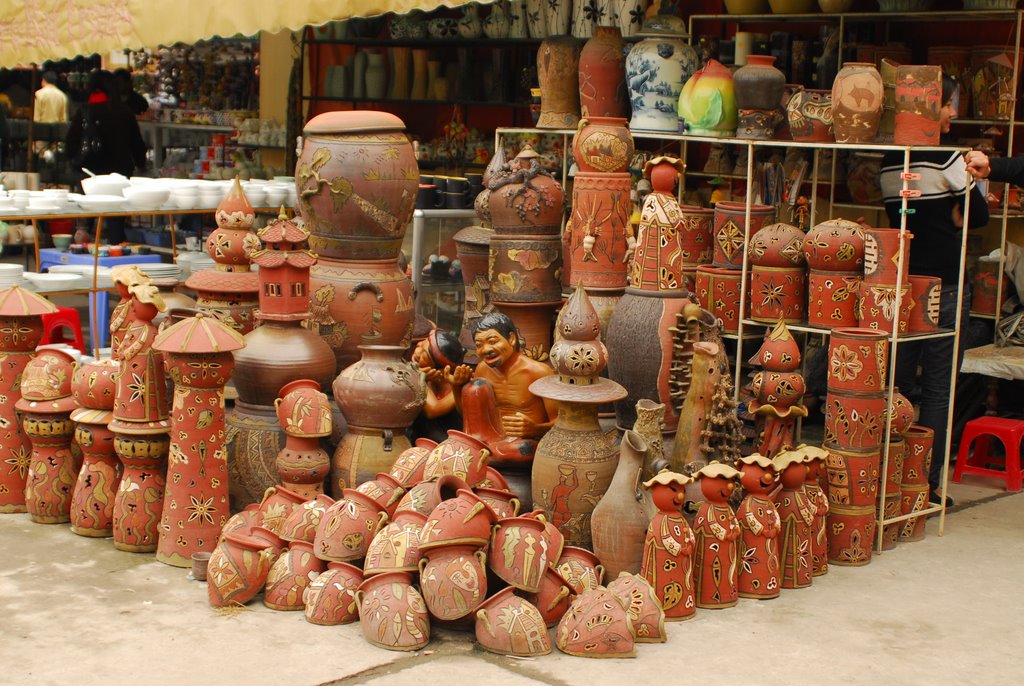
Environ 10 km au Sud-Est du centre d’Hanoï, vous pouvez y aller en bus ou à vélo. Avec 500 ans de développement, le village de céramique Bat Trang attire annuellement des milliers de visiteurs. En venant ici, vous pouvez non seulement explorer la...
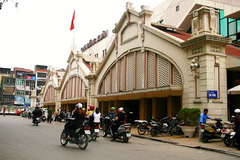
Au cœur du vieux quartier, découvrez les centaines d'étals qui composent le plus grand marché de Hanoi. Le marché de Dong Xuan est le plus grand marché de Hanoi. Cet immense bâtiment, constitué d'une multitude de minuscules...
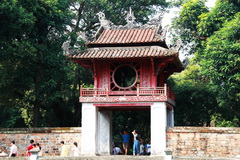
Le temple de la Littérature (vietnamien: Văn Miếu-Quốc Tử Giám), ou sanctuaire du Prince propagateur des Lettres est un temple confucéen situé dans la partie ouest de la vieille ville d'Hanoï, capitale du Viêt Nam. C'est le plus important des...

Village de soie Van Phuc Situé à une quinzaine de kilomètres du centre de Hanoï, le village de Van Phuc est semblable à un ruban de soie qui longe la rivière Nhue. La soie naturelle de Van Phuc, appelée soie de Ha Dong et renommée...

Le mausolée de Ho Chi Minh est situé sur la place Ba Dinh, à Hanoï au Viet Nam. Le mausolée a été construit pour accueillir la dépouille mortelle de Ho Chi Minh, fondateur de la République démocratique du Viêt Nam,...
.jpg)
Tay Tuu Flower VillageAddress: Tay Tuu Village, Tu Liem district, HanoiProducts: roses, daisies, liliesFollow the footsteps of Lady Dong Thi in the poem “An afternoon on West Lake” to Tay Tuu Village, long famous for its splendid flowers and uniquely Hanoi cultural beauty. In early...

Tran Quoc Pagoda was first erected with the name “Khai Quoc” (Opening a country) during King Ly Nam De Dynasty, between year 544 and 548 on the bark of Red River (approximately within Yen Phu Ward, Tay Ho District now). Till the 15th century, during King Le Thai Tong reign, it...

Soyez le premier à connaître nos offres de voyage exclusives et les nouveaux circuits !.